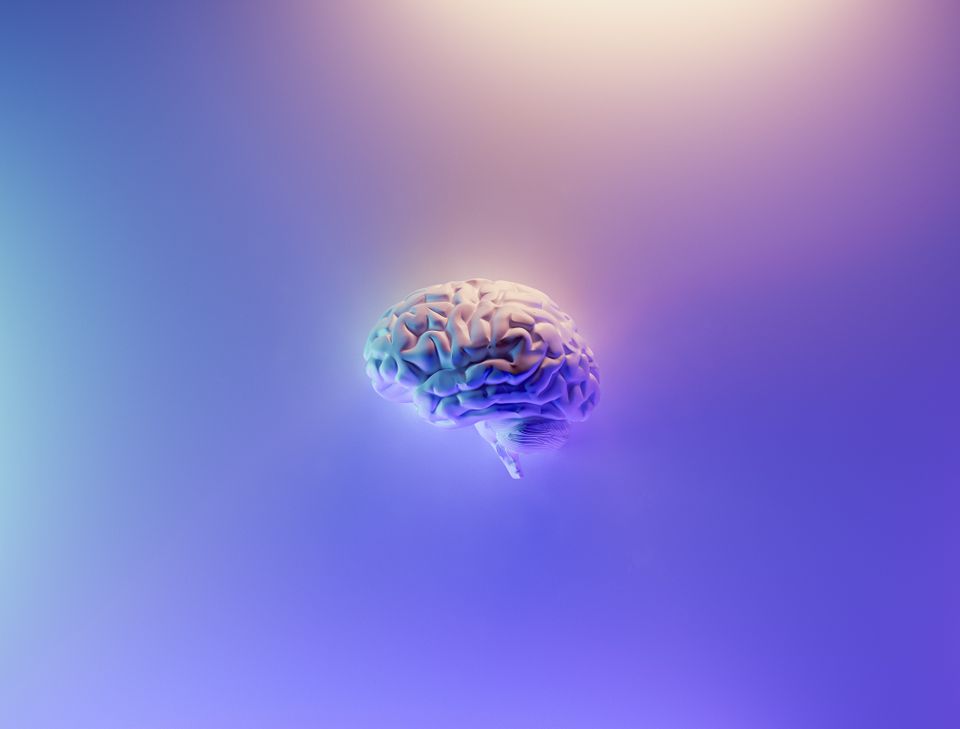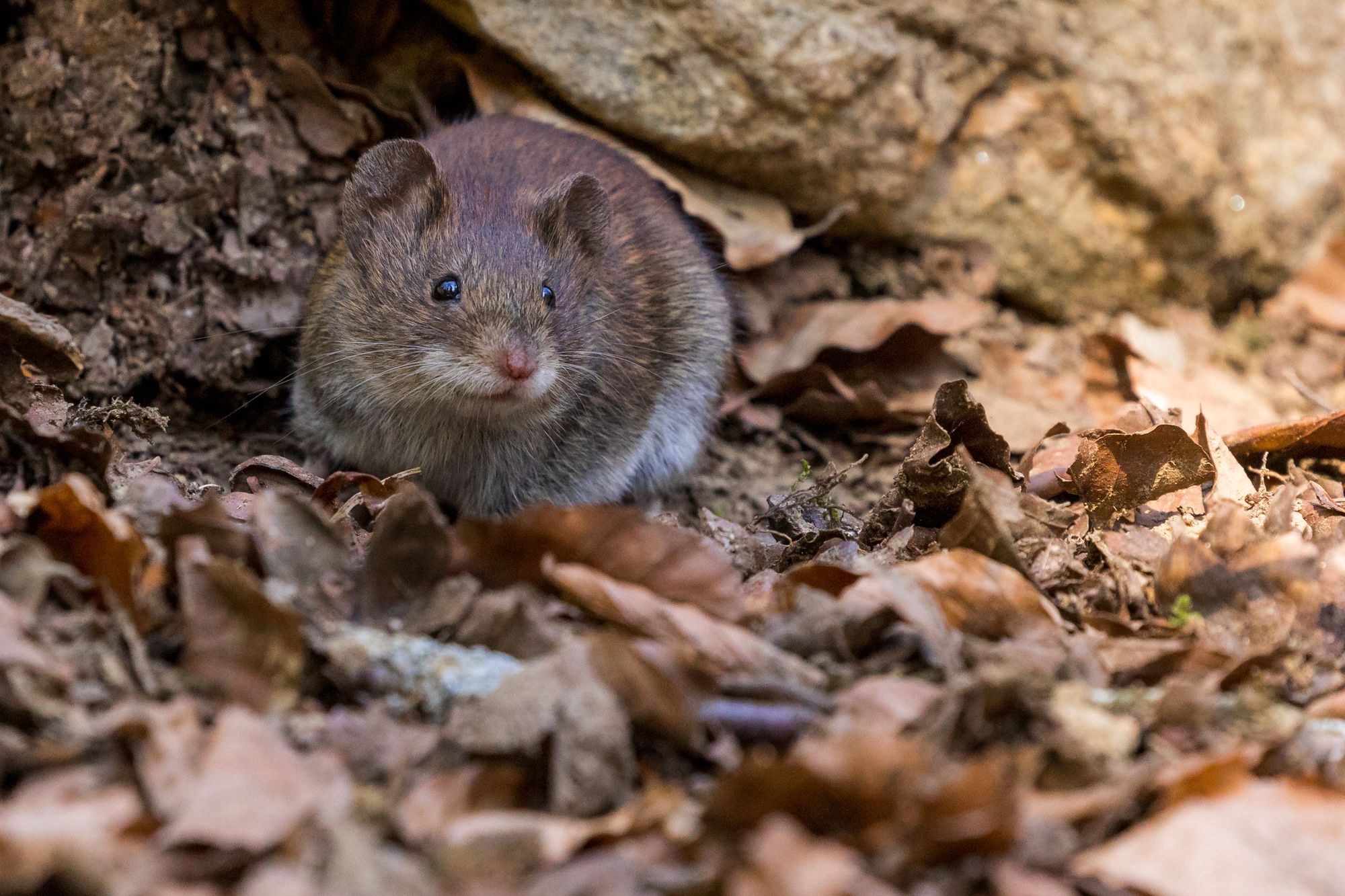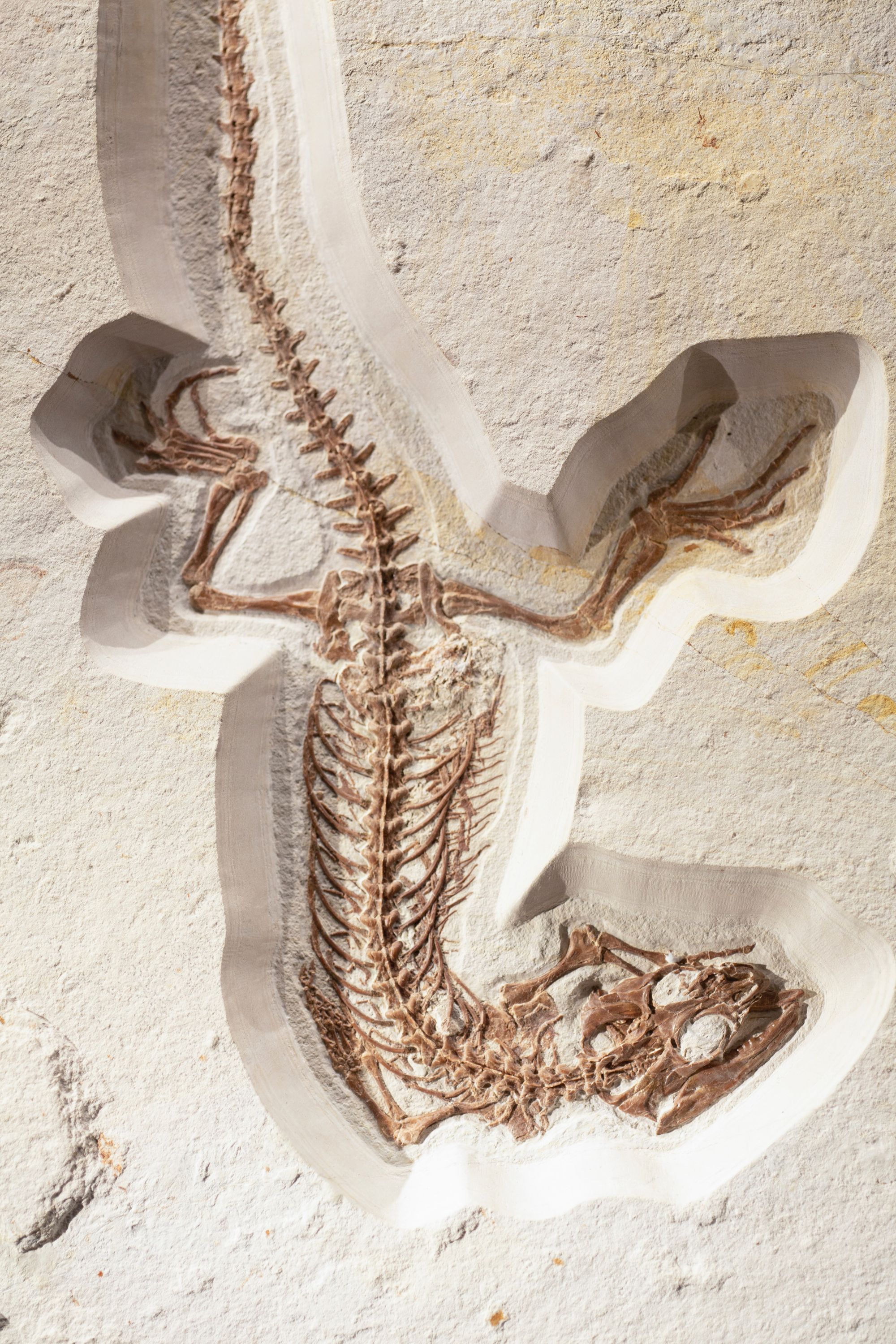Dreams, Extinction, and Memories


Pleasure Pushes Mice to Dream
Why do we dream while we sleep? Mice were recently found to transition into a dreaming state after their level of dopamine (a neurotransmitter that causes feelings of pleasure and satisfaction) was increased. The growth causes the mice to start an REM (rapid eye movement) stage.
Humans and animals likewise shift between REM and non REM sleep stages, in other words, they switch between intense dreams with rapid brain activity to light sleep. Prior to this study, the causes of the two types of sleep were unknown.
So how did they discover the impact of dopamine?
Dopamine is produced in the ventral tegmental area of a mouse's brain, the part of the brain that assesses needs to assure satisfaction. The cells in this area send dopamine to an area known as the amygdalae (the region associated with emotions). Takeshi Sakuri, a neuroscientist, and his colleagues studied how the mice’s dopamine acted by using a molecular sensor—their results revealed that before the mice went into REM (deep) sleep, their dopamine levels rose in the amygdalae.
It is still unknown whether the same process occurs in humans, but thanks to Sakuri and his team, scientists are on the right track to discovering human properties and helping those suffering from sleep disorders.
E. Hasegawa et al. Rapid eye movement sleep is initiated by basolateral amygdala dopamine signaling in mice. Science. Vol. 375, March 4, 2020, p. 994. DOI: 10.1126/science.abo1987.

Extinct to Reality
Scientists have been fascinated with the idea of bringing extinct animals back to life. Their reasoning: 1) the challenge of reviving a species in itself and 2) certain extinct animals were key parts of their habitats’ ecosystems (the interaction of all organisms in that area), and could aid in restoring those ecosystems.
How bringing back an extinct species would work: the first step is sequencing the species’ genome (all the genetic information of the organism), followed by editing a close relative’s DNA to match the original genome. To reproduce the species, the genome has to be present in the embryo (multicellular organism during the early development stage) of a surrogate mother. So far, only the first step has been achieved.
Recent scientists Tom Gilbert and Jian-Qing Lin worked to de-extinct the Christmas Island Rat. They were able to sequence over 60 times coverage of the rat’s genome, but when compared to its close relative the Norway rat, about 5% of the Christmas Island Rat’s genome were still missing. Although 5% may seem small, it makes a huge difference. There are so many questions about this process and how/if it will work, but one thing we know is that scientists are putting great effort into this discovery.
E. Pennis. Bringing back the wooly mammoth and other extinct creatures may be impossible. Science. March 9, 2022. doi: 10.1126/science.adb1930.

Progress in Memory Loss Treatment
Memory loss is a huge issue affecting many people as they get older (over 40% of those over 65), but it remains a widely un-researched area. A study back in 1972 discovered that oxygen treatments had a positive effect. More recently, this idea that exposing people to 100% oxygen at very high pressures to aid their cognitive ability has been revisited.
So far, oxygen treatments have improved memory in those with mild head trauma, those who have had strokes, and those with Alzheimer’s disease. The oxygen treatment decreases inflammation in the brain, helping the patients cognitive abilities. It is still unknown how these treatments work in the long term and whether they will have a more lasting effect on memory. But this is much needed progress in the field of memory loss.
E. Garcia de Jesus. 50 years ago, oxygen was touted as a potential memory loss treatment. Science News. March 11, 2022. https://www.sciencenews.org/article/50-years-ago-oxygen-memory-loss-treatment.